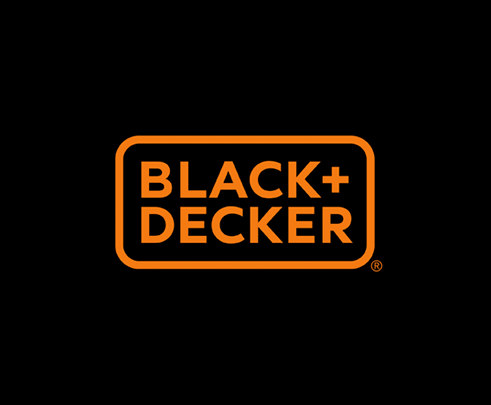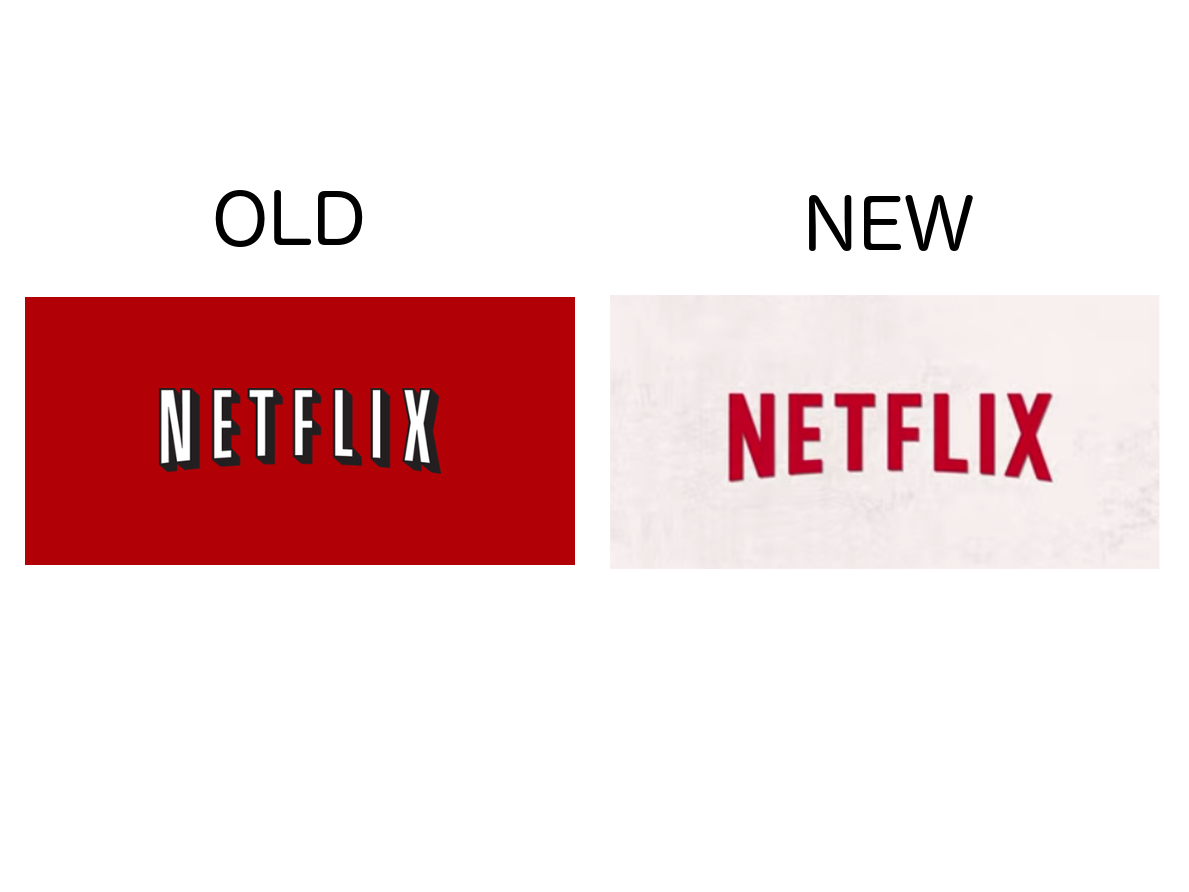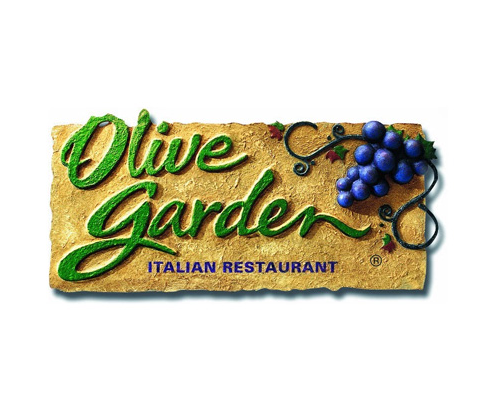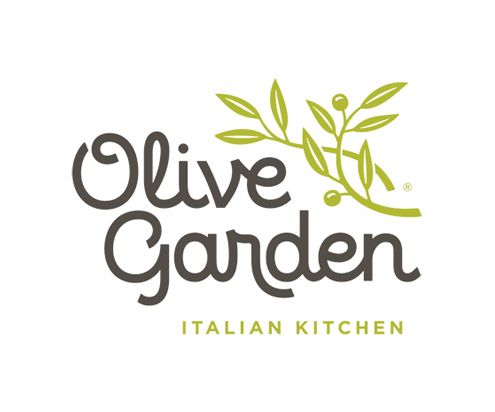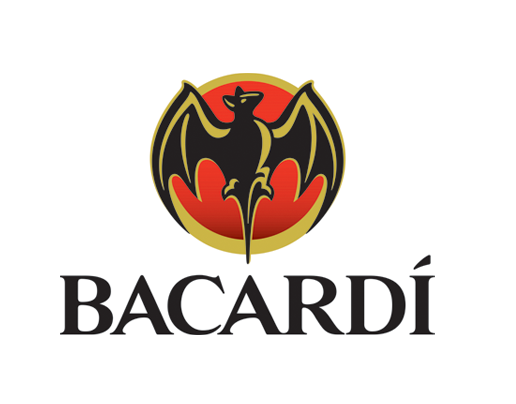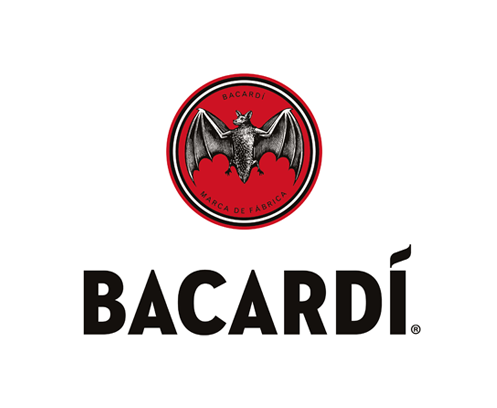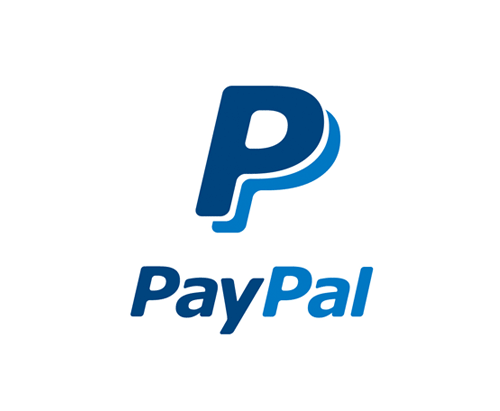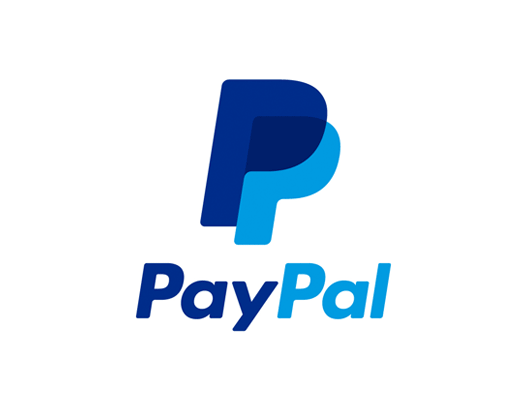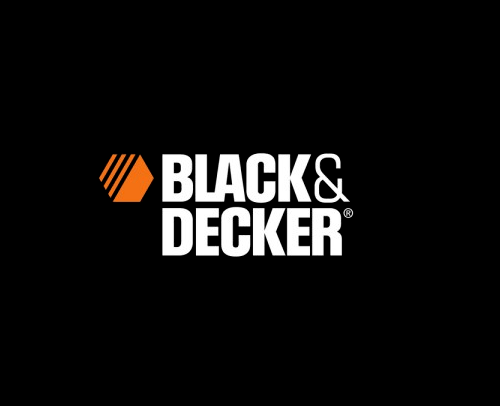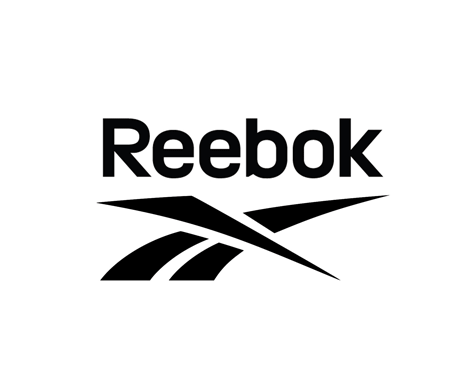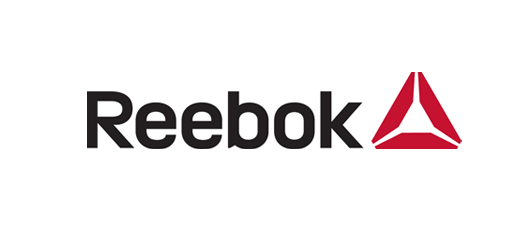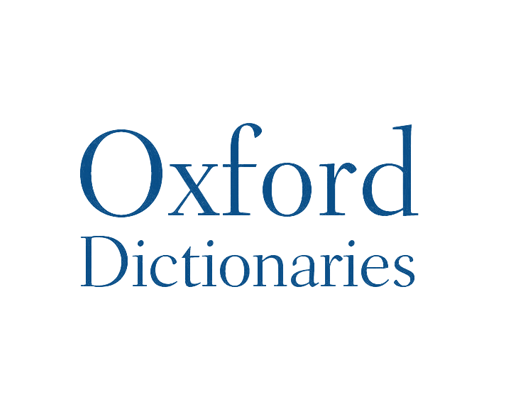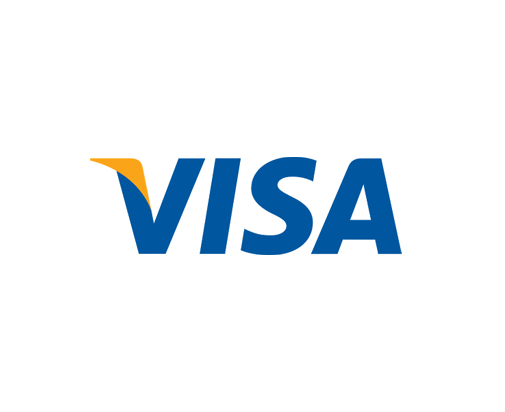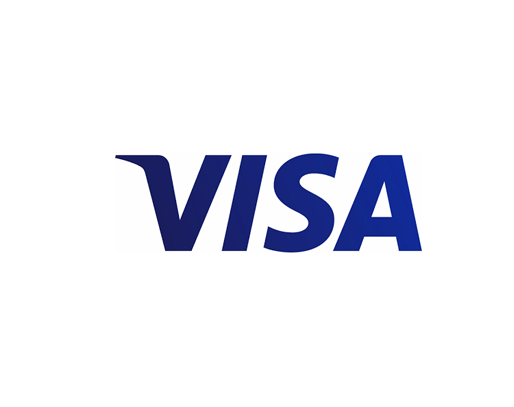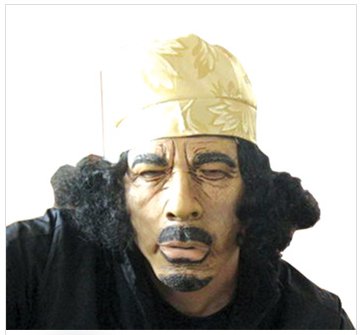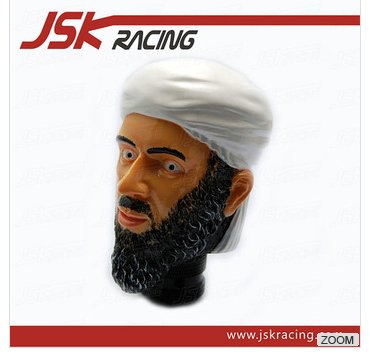
“Are you into Formula One at all?” asks Martin Brooks, CEO of Work Club the digital agency that won 2012’s Campaign of the year award.
Uh oh. Metaphor alert!
“As the car goes around the racetrack, data is sent from the car to a room in Surrey somewhere where it is analyzed and key findings are zapped back to the driver in an instant.”
Right.
“The information does not go to the car’s owner to be Ok’d before it is given to the driver. If that happened, he’d probably lose the race.”
Of course.
“The point is,” says Martin patiently, “the decision is made at the point of expertise. That is the only way for the driver to win.”
He smiles benignly. So, is he saying there is an ever-growing need for digital content to be just as timely, timely with a capital T?
“When something is posted is as important as what is posted,” he decides. “It can be the difference between success and failure. “
At journalism school I was taught that all content was news and news was three things above all else: relevant, exclusive and timely. If it didn’t have any of those values, it wasn’t news and wasn’t worth reading. Brooks’s point is a simple one: digital has turned the value of timeliness up to 11.
Studies certainly support his view. We all know a hyperlink has an online life of about 15 minutes. After that, no one will click on it.
That’s why so many content publishers try so hard to “serve the moment” sometimes with calamitous results. Just this week, CNN were eviscerated for apparently making up the news. They erroneously claimed a “dark-skinned male” had been arrested for the Boston bombing just to be first with the story (leaving aside any incipient racism for now). Forty-five minutes after the announcement, they had to admit it had been “a misunderstanding.”
(The Daily Show’s Jon Stewart was peeved. He noted the 24-hour news network had repeatedly touted its “exclusive reporting,” which he remarked was “exclusive” because it was “completely fucking wrong.”)
More frivolously, 360i, the US the agency representing Oreo cookies, famously scored a big win this February when a 34 minute power outage disrupted the Superbowl. The agency, who’d gathered in a social media war room for the event, seized the moment, and tweeted a pic of an Oreo in shadow with the words “You can still dunk in the dark.” pic.twitter.com/dnQ7pOgC The image was retweeted 10,000 times, which left some wondering whether it had more impact than their mulit-million dollar superbowl ad.
The agency claim the graphic released during the blackout was “designed, captioned and approved within minutes.” But even if they had not got permission from the client it would not have mattered. The agency were in lock step with the values of the brand they represented. They knew what would work and what would not. Easy.
“Well it was easy,” says Nathan Burgess an account supervisor at New York digital agency Bliss Integrated Communication. “But there was no downside. Oreo cookies are hardly a sensitive product. It’s not like they tweeted ‘Oreos: great when you are in line at an abortion clinic.’ The chance of them damaging the brand was absolutely minimal.”
So is it even possible to be like 360i and avoid the lengthy permission procedures that often render our digital content D.O.A? Can we shortcut the approval process to make more reactive more timely and more effective content?
Maybe, says Burgess. He has a hardline suggestion: Don’t give it to the 24 year old to write.
“Make sure whoever is coming up with it knows the brand they represent inside out. They’ll have a much better idea of what is appropriate and what isn’t.”
Burgess also points out it’s not just communication that now must be time sensitive. Non-communication has to be reactive in the same way.
“With the Boston bombing, unless you were offering resources to victims or first responders in the hours after the blast, it was probably best for most brands to shut up.”
But what about so-called “evergreen” or archived content? Does that not have value too?
There is no such thing, says Nathan Burgess.
“Even Wikipedia is updated all the time,” he says. “When Thatcher died there was frantic activity on her Wikipedia page. Editors updated her profile, took down memorials, stuff like that.
“On the web everything is live. Everything is now now now. Content makers need to travel fast – and try not to crash.”
Time to move up a gear? Brm brm.
Posted in: Big Picture story | Leave a Comment
